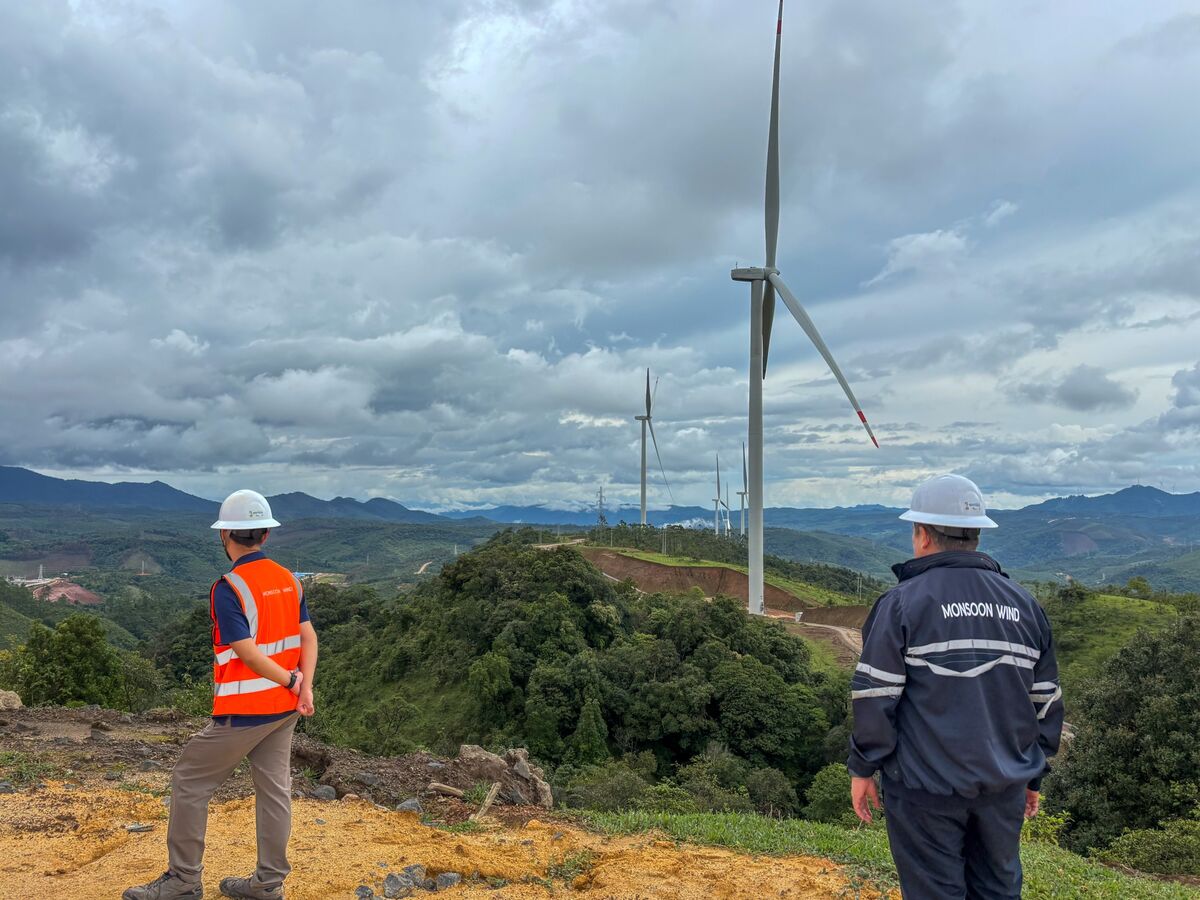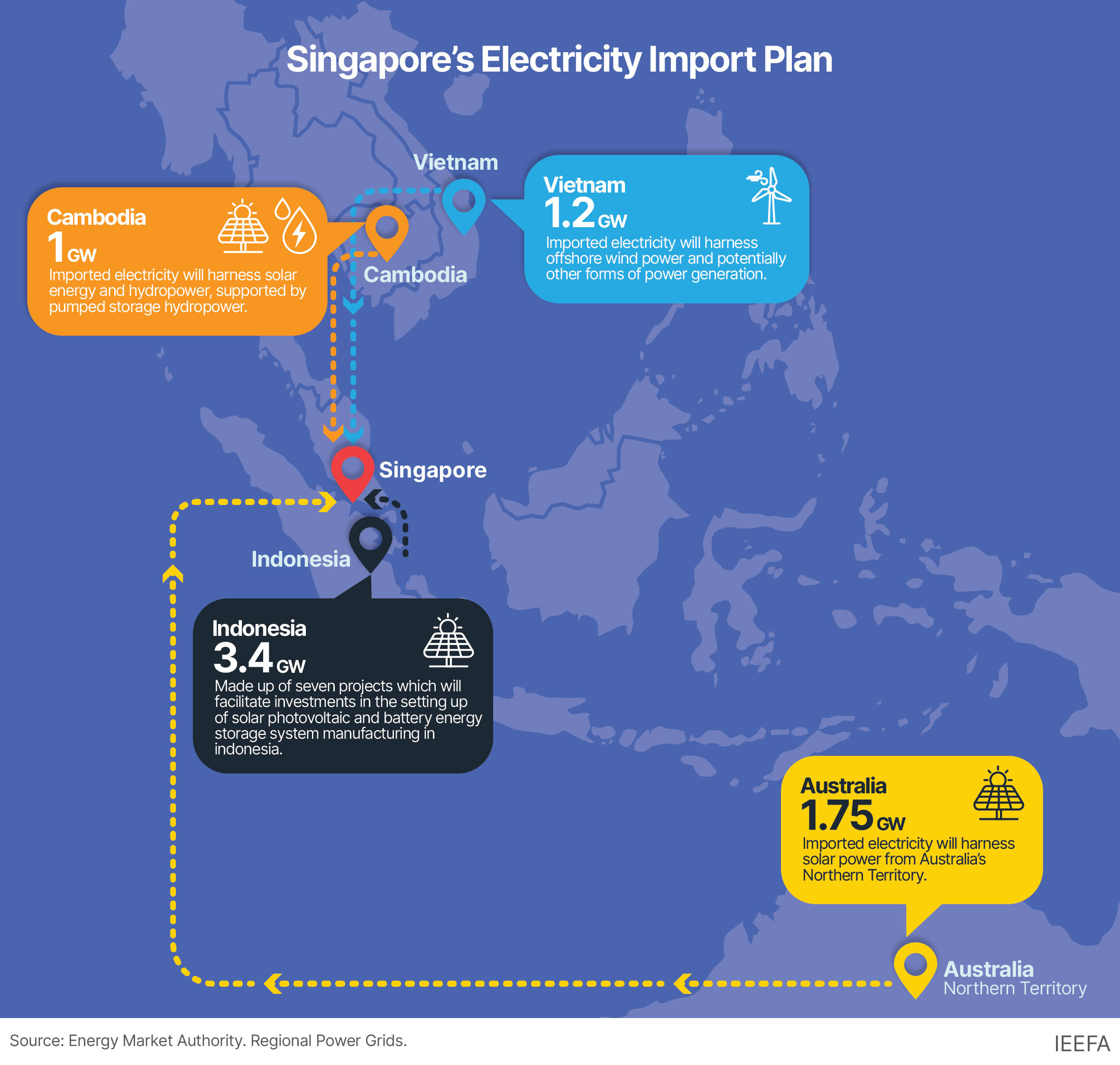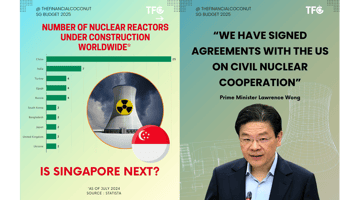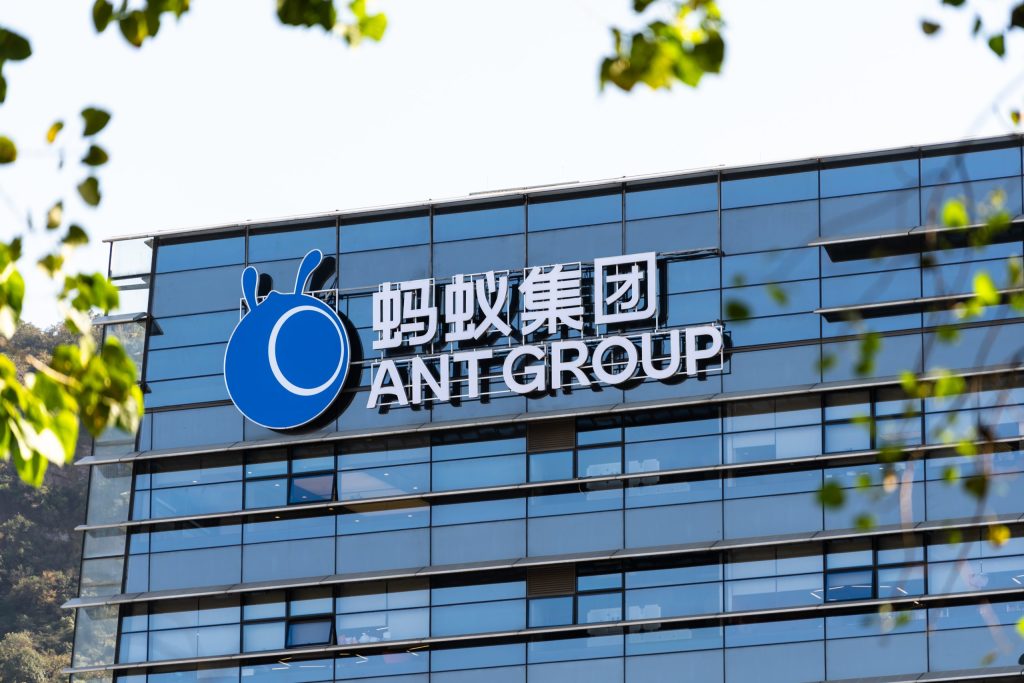The ASEAN Power Grid: Singapore's Renewable Energy Lifeline in a Climate-Conscious Era
Singapore's Minister-in-charge of Energy, Dr. Tan See Leng, outlines how the ASEAN Power Grid will transform regional energy dynamics whilst ensuring affordability and sustainability for Singaporeans.
In Singapore's relentless pursuit of energy security and climate resilience, a transformative regional initiative is gathering momentum. The ASEAN Power Grid (APG), a long-envisioned interconnected electricity network spanning Southeast Asia, has moved from conceptual framework to tangible reality. As Singapore charts its path toward net-zero emissions by 2050, this ambitious project represents a crucial component of the nation's energy strategy—one that Minister Tan See Leng believes will deliver triple benefits of sustainability, resilience, and affordability.

Singapore's Energy Challenge: Small Island, Big Ambitions
Singapore faces unique energy challenges as a land-scarce island nation with limited indigenous resources. "Singapore doesn't have [the space] because of the limited land space we have. Geographically, we are disadvantaged," acknowledged Dr. Tan See Leng, Singapore's Minister-in-charge of Energy and Science & Technology, in a recent interview. This geographical constraint has historically rendered Singapore dependent on imported natural gas for approximately 95% of its electricity generation.
However, with ambitious climate targets including achieving net-zero emissions by 2050 and importing up to 6 gigawatts (GW) of low-carbon electricity by 2035—representing approximately one-third of the nation's projected energy demand—Singapore must diversify its energy portfolio beyond traditional sources.
"I think that's the overarching ambition, and that is how do we address the climate change demands whilst continuing to uplift our households, continue to support our domestic needs, and at the same time continue to keep the economy growing," explained Dr. Tan, articulating the delicate balance Singapore must maintain.
The ASEAN Power Grid: Unlocking Regional Potential
The ASEAN Power Grid represents a visionary approach to addressing the region's collective energy challenges through integration and cooperation. First conceptualised in 1997, the APG aims to establish interconnections between power systems across Southeast Asia, enabling cross-border electricity trading and optimising the use of energy resources throughout the region.
"We have a lot of natural resources within ASEAN for renewable energy generation," Dr. Tan highlighted. "In Vietnam, you know, with a long coastline facing the South China Sea, the significant wind potential on top of solar and tidal energy within Indochina itself, within Borneo, Sarawak, for instance, there's significant hydroelectric power... So, Laos PDR on top of hydroelectric power, they have got solar power. Likewise with Cambodia, and in Borneo significant hydroelectric power."
The ASEAN Power Grid made significant headway after Singapore announced in 2021 its plans to import around 30% of its electricity from low-carbon sources by 2035. This commitment catalysed regional investment and cooperation, with ASEAN leaders formally adopting an updated plan for power grid integration at the 46th ASEAN Summit in Kuala Lumpur on May 26, 2025.
According to the recent Forbes report on the ASEAN Summit, Malaysian Prime Minister Anwar Ibrahim described the APG as "central to achieving a more resilient and sustainable energy future for ASEAN which will unlock investments and create new jobs in the renewable energy manufacturing sector." The plan aims to achieve full grid integration by 2045, with eighteen priority interconnection projects identified for development. Forbes
Progress and Milestones
Significant progress has already been made in establishing key components of the regional grid:
-
Lao PDR-Thailand-Malaysia-Singapore Power Integration Project (LTMS-PIP) - Launched in 2022, this pioneering initiative marked Southeast Asia's first multilateral cross-border electricity trading, allowing Singapore to import renewable energy from Laos via Thailand and Malaysia.
-
Singapore-Indonesia Interconnector - On May 30, 2025, Singapore Energy Interconnections (SGEI), a government-linked company, signed a memorandum of understanding with Singa Renewables (a joint venture between TotalEnergies and Royal Golden Eagle) to develop a subsea interconnector for importing 1GW of solar power from Indonesia by 2029. The Straits Times
-
Vietnam-Malaysia-Singapore Agreement - Signed on May 26, 2025, this agreement between government-linked firms aims to explore the export of renewable energy from Vietnam through a new electricity link.
-
Monsoon Wind Project - A milestone 600MW wind farm in Laos began exporting power to Vietnam in July 2025, demonstrating the feasibility of large-scale renewable energy projects in the region. This $950 million project, completed after overcoming significant bureaucratic and technical challenges, serves as a model for future cross-border energy initiatives. Bloomberg
Singapore has shown strong commitment to electricity imports, with the Energy Market Authority (EMA) granting conditional approvals to 10 projects for importing low-carbon electricity from regional neighbours, including Cambodia, Indonesia, Vietnam, and Australia.
Economic Benefits: A Win-Win-Win Partnership
Dr. Tan emphasised the substantial economic advantages of the ASEAN Power Grid, describing it as a "win-win-win partnership" for all participating nations.
"A well-connected ASEAN power grid can reduce broadly electricity costs by a couple of percent. I think it's about 3 to 4%. And it can actually stimulate the GDP growth by about 0.8 to about 1% depending on which place you're talking about. In some of the countries, it can even go up to about 3-4% in terms of GDP growth," Dr. Tan explained.
These figures align with research findings from a US-funded study cited by Bloomberg, which concluded that "an interconnected grid could boost the GDP of every Southeast Asian country by between 0.8 and 4.6 percentage points." Bloomberg
For Singapore specifically, the benefits extend beyond economic growth to include enhanced energy security, reduced carbon emissions, and potential stabilisation of electricity prices over the long term. For resource-rich but less developed nations within ASEAN, the grid presents opportunities for economic development through renewable energy investments.
"It would help ASEAN collectively as a block to achieve its net zero ambitions earlier. At the same time, it can bring economic development to many of these far outlying areas with significant renewable energy generation potential, but they may not necessarily have that same financial resources to unlock this type of potential," Dr. Tan added.
![]()
Addressing the Cost Challenge
Despite the long-term benefits, Dr. Tan acknowledged that Singapore's clean energy transition will inevitably lead to higher costs in the short to medium term.
"I acknowledge that our initiatives will result in increased costs, particularly in the form of electricity tariffs. But I think what is just as important is to understand that the government will continue to roll out measures to support both our businesses and our households, more so our households," Dr. Tan stated.
The government plans to implement targeted support mechanisms, including:
- Utility rebates directed at uplifting lower-income households
- Climate vouchers to encourage adoption of energy-saving appliances
- Energy efficiency grants to help businesses manage cost impacts
"It is not going to be possible for the cost to not go up," Dr. Tan acknowledged candidly. "But what we will endeavour to do is to manage that gradient of cost increases in the most judicious, in the most disciplined manner, and supplementing it with rebates, supplementing it with grants to help our local population, our domestic households and businesses."
Challenges and Implementation Hurdles
Despite the progress and promise, significant challenges remain in realising the full potential of the ASEAN Power Grid:
-
Technical Standardisation - The absence of harmonised grid codes across ASEAN creates technical barriers to seamless integration.
-
Regulatory Frameworks - Different regulatory environments across countries complicate cross-border electricity trading and investment.
-
Infrastructure Investment - According to the Asian Development Bank, the ASEAN Power Grid would require at least $100 billion in investments by 2045—a substantial financial commitment.
-
Bureaucratic Complexities - As demonstrated by the Monsoon Wind project in Laos, navigating multiple regulatory regimes remains challenging. Project COO Nat Hutanuwatr described the process as "climbing a series of Everests," with bureaucracy rather than technical challenges being the primary obstacle. Bloomberg
-
Infrastructure Constraints - Singapore faces limited landing sites for the subsea cables needed to import electricity, requiring careful planning to accommodate this critical infrastructure without compromising other developments.

Singapore's Role as Grid Integration Champion
Singapore has emerged as a driving force behind regional grid integration, leveraging its financial resources and technical expertise to accelerate development.
"Singapore has contributed directly to regional integration efforts," stated a spokesperson for Singapore's Energy Market Authority. The city-state is "studying how to enable efficient long-distance transmission and establish a framework that will facilitate the development of subsea power cables needed to realise the ASEAN Power Grid." Bloomberg
The establishment of Singapore Energy Interconnections (SGEI) in April 2025 as a dedicated government-linked company specialising in cross-border power infrastructure further demonstrates Singapore's commitment to driving this initiative forward. SGEI will focus on investing in, developing, owning, and operating interconnectors to import electricity.
"With limited renewable energy options in Singapore, electricity imports will be needed to meet our nation's net-zero emissions goal by 2050. As power generation makes up around 40% of Singapore's total carbon emissions, electricity imports will play a significant role in decarbonising the power sector," explained SGEI Chief Executive Ong Teng Koon. The Straits Times
Future Outlook: The Path to 2045
The ASEAN Power Grid is targeting full integration by 2045, with incremental progress expected over the next two decades. Analyst Dinita Setyawati from think tank Ember noted an acceleration in recent developments, stating, "We're seeing more progress in the past two years alone than in the past 20 years."
Dr. Tan See Leng views renewable energy imports as the most promising near-term pathway for Singapore's energy transition, while acknowledging other potential strategies including carbon capture, hydrogen, geothermal, and advanced nuclear energy technologies as longer-term possibilities.
"We hold a lot of promise for renewable energy imports. It is not a new source of energy, but I think certainly it is what we're thinking of in terms of one of the potential sort of pathways for us to decarbonize," he explained.
Implications for Singapore's Investors and Professionals
For Singapore's high-earning professionals, investors, and business owners, the evolving ASEAN Power Grid presents several significant implications:
-
Investment Opportunities - The $100 billion required for grid infrastructure development presents substantial opportunities for investors in renewable energy projects, transmission infrastructure, and supporting technologies across Southeast Asia.
-
Business Adaptation - Businesses should prepare for a gradual increase in electricity costs while exploring energy efficiency measures and potential grants to mitigate impacts. Forward-thinking companies might consider how to leverage renewable energy availability as a competitive advantage.
-
Property Considerations - Development of landing sites for submarine cables and associated infrastructure may impact certain areas, potentially affecting property values and development plans.
-
Career Opportunities - The expansion of regional energy infrastructure will create demand for professionals with expertise in renewable energy, grid management, cross-border regulations, and sustainable finance.
-
Portfolio Diversification - Investors may wish to consider exposure to companies involved in renewable energy development, grid infrastructure, and energy efficiency technologies throughout the ASEAN region.

Conclusion: A Transformative Regional Vision
The ASEAN Power Grid represents one of the most ambitious and potentially transformative infrastructure projects in Southeast Asia's history. For Singapore, it offers a pathway to reconcile seemingly contradictory goals: achieving climate objectives while maintaining economic competitiveness and ensuring energy affordability for citizens and businesses.
As Dr. Tan See Leng aptly summarised, "By opening up the channels, by improving the connectivity and the access itself, you could unlock the entire region's decarbonisation potential. So it would help ASEAN collectively as a block to achieve its net zero ambitions earlier."
While challenges remain substantial, the progress made in recent years suggests growing momentum toward realising this vision. For Singapore's investors, professionals, and business leaders, understanding the evolution of this critical infrastructure will be essential for navigating the opportunities and challenges of the region's energy transition in the years ahead.
"Collectively, we are doing our level best. We are exploring every different pathway, all the possibilities, and hopefully our partnerships also will pay off and enable us to achieve that purpose of sustainability, affordability, and at the same time resilience," Dr. Tan concluded. "I think then we would have arrived."
Let us know what you think about this topic, and what do you want to hear next.
You can now be our community contributor and make a pitch to have your favourite personality be on our show.
Join our community group and drop us your insights on this topic.

-4.png?width=50&name=Square%20(2)-4.png)










Let us know what you think of this post